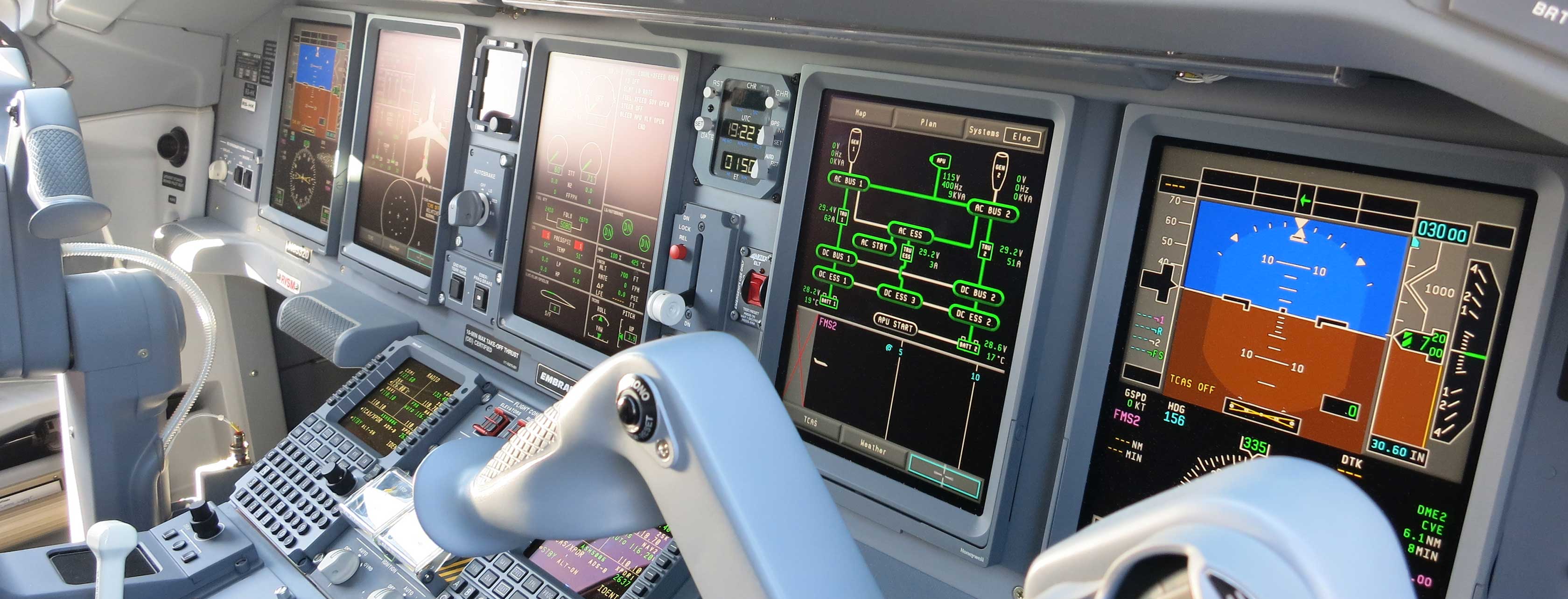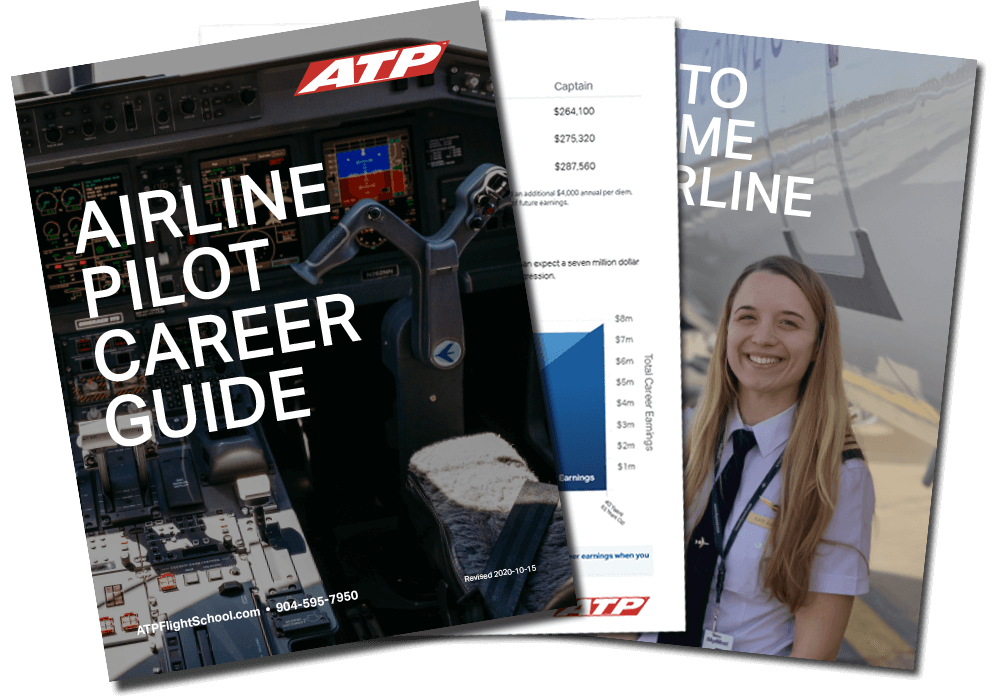 The article begins by describing the shortage and its affect on Eagle:
The article begins by describing the shortage and its affect on Eagle:
“Pedro Fábregas did the math, and the math wasn’t good. Fábregas, president and chief executive of Envoy Air Inc., says Envoy hired about 52 pilots in the first quarter. But 20 pilots were moving each month to parent American Airlines Inc. and 22 to 24 were leaving for other jobs or for other reasons. “You can see the deficit there,” Fábregas said recently. Envoy, formerly known as American Eagle Airlines Inc., isn’t the only regional carrier having trouble with pilot math. For a combination of reasons, regional carriers are having a tougher time finding enough qualified pilots to keep their cockpits manned.” The article then moves on to discuss the shortage and the underlying causes: “I think it is a very, very real issue,” aviation consultant Bill Swelbar said. He noted that some regional carriers have already had to park airplanes because they don’t have enough pilots and can’t hire enough replacements. “This all speaks to an industry that is concerned about having sufficient bodies to fly the schedule that’s in the computer today,” said Swelbar, executive vice president of InterVistas Consulting LLC. He led a study that projected that the four largest U.S. carriers, American Airlines Inc., United Airlines Inc., Delta Air Lines Inc. and Southwest Airlines Co., will need 14,000 pilots by 2022 just to replace pilots hitting the mandatory retirement age of 65. Regional carriers as a group currently employ about 18,000 pilots. And regional carriers are the primary source of candidates for pilot jobs at the mainline carriers. Another consulting firm, Flightpath Economics Inc., looked at the number of retirements at the mainline carriers, including US Airways Inc. as part of American, and predicted nearly 18,000 mandatory retirements through 2022. “Over the next eight years, the largest network carriers will retire approximately 50 percent of their pilots, resulting in a hiring frenzy that will extract pilots currently flying in the cockpits of lower-paid regional airline affiliates,” Flightpath said in its study. That could lead to a pilot crisis at the regionals. Some have already had to reduce service.” On April 9, Silver Airways Inc., a small carrier based in Fort Lauderdale, Fla., cited a “nationwide shortage of regional airline pilots” as a primary reason for its decision to stop service between Atlanta and five Southern cities. Silver had been offering $6,000 hiring bonuses to attract first officers. On April 3, it increased the bonus to $12,000. One of the largest regional airlines, Republic Airlines Inc., blamed a shortage of pilots earlier this year for its decision not to seek renewal of contracts to fly 27 Embraer jets for mainline partners American and United when those contracts expire this year. In February, United announced a pull-down of service at its Cleveland hub. One reason cited was that regional partner ExpressJet Airlines Inc. had difficulty finding enough pilots to operate its flights there. Regional Airline Association president Roger Cohen said his members are more important than ever as they fly nearly half of the scheduled flights in the United States. “But I must say the single thing that has thrown not just sand in the gears but has the potential of dramatically reducing that footprint is the issue of having enough pilots to fly the schedules,” he said.”
The timing has never been better for pilots interested in flying for the airlines, and especially for anyone ready to begin flight training to become an airline pilot. Pay is improving for regional pilots and the whole industry is looking for ways to draw new people to the Airline Industry. The best and most proven way to go from zero flight time to the cockpit seat of an airliner is training with ATP. Once you decide to become an airline pilot, it is important to get there before your competition and start building seniority. Get there first with ATP.
